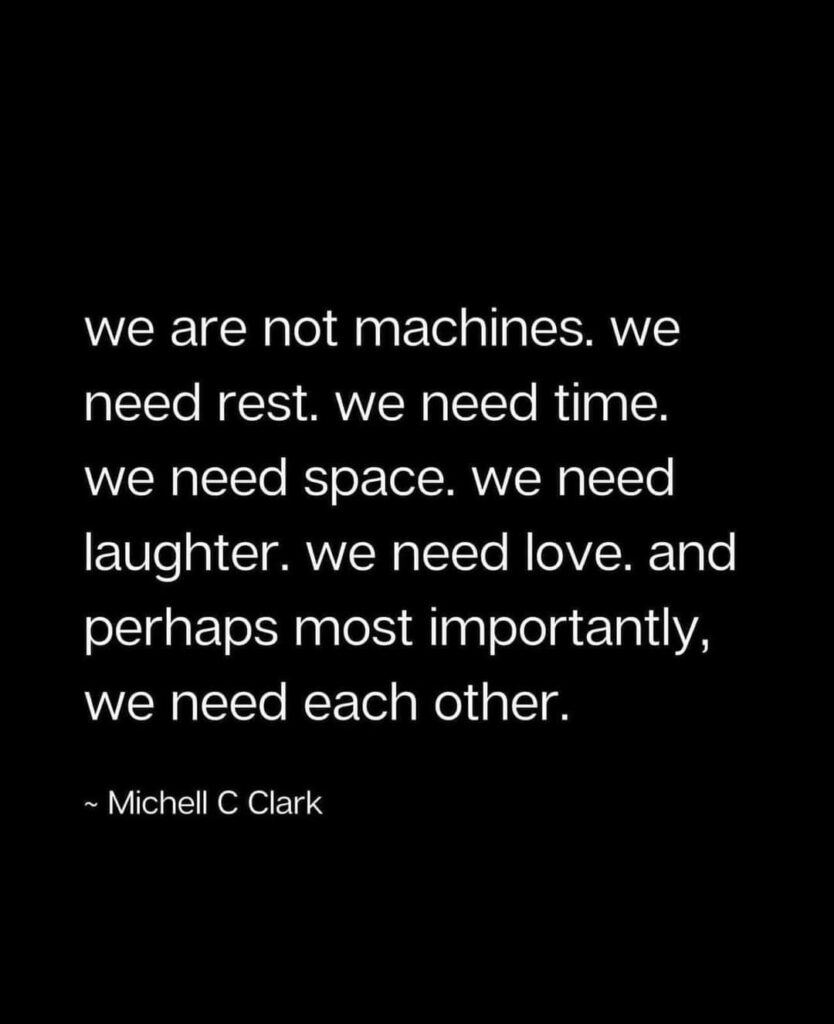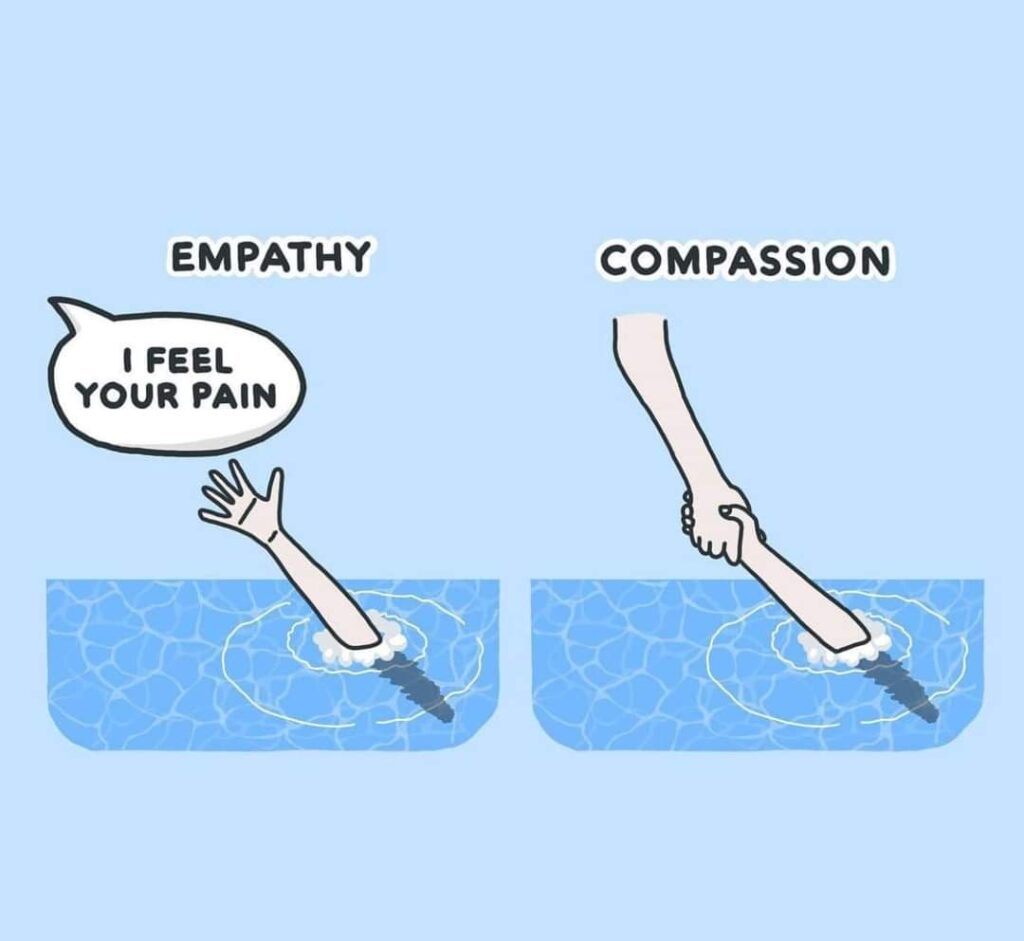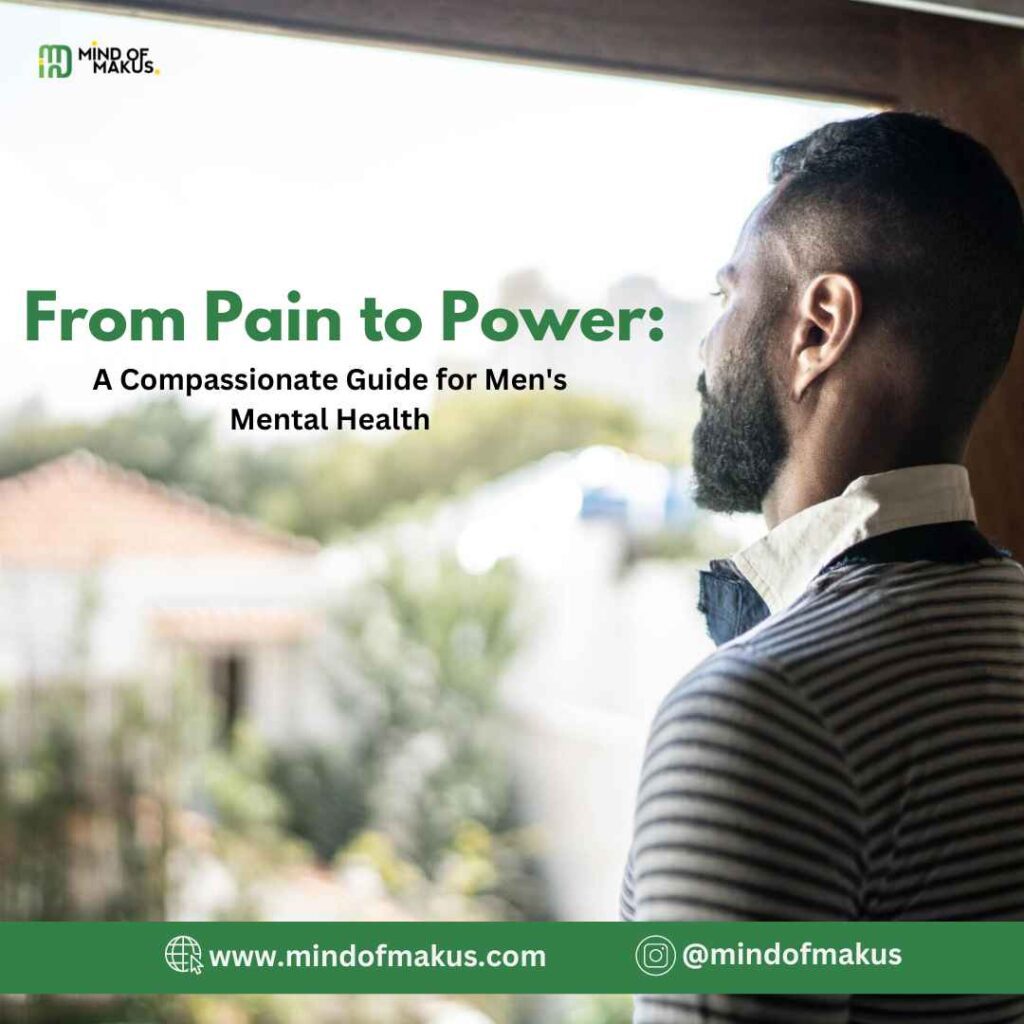Hello Friend,
Welcome to our safe space again.
The last three weeks, our focus has been on men and what it takes for a man to cultivate a positive mental health lifestyle in a society that doesn’t reward having difficult conversations.
Today, let’s look at the the impact of trauma on men’s mental health, and the journey toward healing and resilience.
What is trauma?
Trauma refers to a deeply distressing or disturbing experience that overwhelms an individual’s ability to cope, leaving lasting emotional, psychological, and sometimes physical scars.
It can result from a single traumatic event, such as a natural disaster, accident, or act of violence, or from prolonged exposure to stressful or adverse circumstances.
How does it happen?
Trauma may occur in a number of ways. A single traumatic event may trigger it, or it may be a series of prolonged adversities. A life threatening situation, physical harm or emotional abuse may be the direct cause of trauma. Alternatively, trauma from a series of events may develop over time due to ongoing exposure to neglect, abuse, discrimination, or other forms of adversity.


Impact on life and livelihood and choices
Trauma can have profound and far-reaching effects on an individual’s life, livelihood, and choices. It may disrupt one’s sense of safety and security, leading to symptoms such as flashbacks, nightmares, anxiety, depression, and difficulties in relationships.
Trauma can also impact your ability to function effectively in various areas of life, including work, school, and social interactions. Additionally, trauma can influence the choices individuals make, often leading to coping mechanisms such as avoidance, substance abuse, or self-destructive behaviours as they attempt to numb or escape from their pain.
Ultimately, trauma can profoundly shape a person’s identity, beliefs, and overall well-being, making healing and recovery a crucial aspect of the journey towards mental health and resilience.
Remember to share this blog with the your friends and loved ones, you may just help someone.
Let’s look at the steps you can take to heal from traumatic experiences you have had in the past.
Step 1: Acknowledge Your Experience
The first step on the path to healing from trauma is acknowledging your experience.
It’s okay to feel overwhelmed, confused, or even numb in the aftermath of trauma. Allow yourself the space to sit with your emotions, to honor your feelings without judgment or shame.
Remember, you are not defined by your trauma – it is a part of your story, but it does not define who you are as a person. It happened to you, you did not do anything to deserve it, you can heal from it even though it doesn’t feel that way now. It doesn’t have to colour the rest of your life.
Step 2: Seek Support
You do not have to navigate the journey of healing alone. Reach out to trusted friends, family members, or mental health professionals who can offer support, guidance, and validation.
Therapy can be an invaluable resource for processing trauma, learning coping strategies, and building resilience. Support groups and peer networks can also provide a sense of community and understanding among those who have walked a similar path.


Step 3: Practice Self-Compassion
Be gentle with yourself as you navigate the ups and downs of healing from trauma. Practice self-compassion by treating yourself with kindness, understanding, and patience. Taking action to alleviate the source of pain is also an expression of compassion. This is not the same as avoiding the pain.
Allow yourself to set boundaries, to prioritize self-care, and to engage in activities that bring you comfort and joy. Remember, healing is not a linear process – it’s okay to have good days and bad days, and to give yourself permission to take things one step at a time.
Step 4: Explore Healing Modalities
There are many paths to healing from trauma, and what works for one person may not work for another. Explore different healing modalities to find what resonates with you. This could include mindfulness practices, creative expression through art or music, somatic therapy techniques, or even physical exercise.
Find activities that help you reconnect with your body, your emotions, and your sense of self-worth. Pick up an old hobby or try a few new things and see how you feel. Leave the house and meet people physically even when you don’t exactly feel like it. Baby steps and build up slowly.


Step 5: Cultivate Resilience
As you continue on your journey of healing, remember that resilience is not about avoiding pain or adversity – it’s about bouncing back from life’s challenges with strength, experience, wisdom and grace.
Cultivate resilience by embracing your inner strengths, by practicing gratitude and optimism, and by finding meaning and purpose in your experiences.
Know that you have the power to overcome adversity, to grow from your experiences, and to emerge stronger on the other side.
Support this blog:
In Conclusion
Healing from trauma is a journey that requires courage, compassion, and resilience. By acknowledging your experience, seeking support, practicing self-compassion, exploring healing modalities, and cultivating resilience, you can begin to reclaim your sense of wholeness and well-being.
Remember, you are not alone on this journey – that is a lie we tell ourselves when we are in victim mode.
Stay authentic, Stay resilient,
Be yourself and keep getting better at it.
Live wholeheartedly,
Amaka
2 Cor 3:2(MSG)
You yourselves are all the endorsement we need. Your very lives are a letter that anyone can read by just looking at you. Christ himself wrote it—not with ink, but with God’s living Spirit; not chiseled into stone, but carved into human lives—and we publish it.



